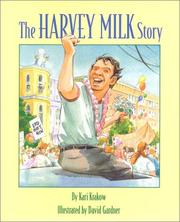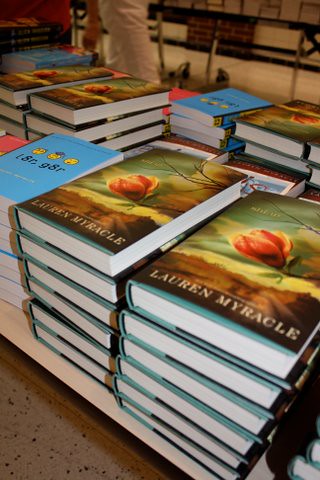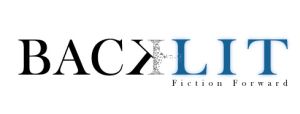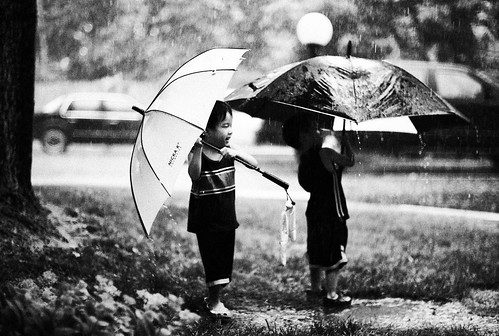
Something a little different today. Here is a short piece about one of my first jobs in the city:
I really needed a job. I was willing to take pretty much anything.
Chicago winter had hit me hard. I had an old car, a drafty apartment, and an empty bank account. The snow had begun the weekend I moved and hadn’t stopped. From a friend of a friend, I had picked up some temp part-time work for minimum wage, but I needed something else soon or I wasn’t going to make it through my first season in the city.
After my shift one night, a co-worker from a different department approached me to say she had an opening for a bizarre position at her other company. It wasn’t much: child wrangler meets house manager for student performances of "The Wizard of Oz."
The job was simple. Wait next to the theater door for a school bus. Then hop on, make some announcements, and wrestle the kids into a line. Also, the El train will be rolling overhead, making it impossible to shout instructions and causing many of the kids to scream. And it will likely be snowing or raining. Pay is $30 a day, before taxes.
“I’ll take it.”
My first day of work, two buses pulled up late, another got lost, one school brought a student with accessible needs and the elevator stopped working, and a first grader threw up in the lobby. I walked six blocks in the rain to bring the show materials back to the main office and then scrambled back into the storm to bum a train ride home. On the way, someone shouted to “move out of the way because I was so ugly I was stopping traffic.” Needless to say, I couldn’t believe I took this crazy job. I was cold, struggling with debt, and working ridiculous hours helping middle-schoolers learn what “single file line” means. To be honest, I was terrified. What if something happened to one of the kids on my watch? What if I caused a traffic accident with the buses? What if I was simply horrible at this position? For now, though, I didn’t have any other options.
Fast forward to Week #5. Back-to-back shows in the morning. In the span of twenty-five minutes, we needed to get 350 elementary school kids out of the theater, onto the correct buses, clear the street, coordinate the next round of schools, and usher 350 different children to their seats inside. With the help of the office staff, we made it just before the second show was slated to begin. Miracle of miracles. I knelt down to take a breather in the lobby.
The doors inside the theater opened and a preschooler walked out, crying. His chaperone couldn’t calm him down. The two of them circled the space and finally sat on the chairs in the corner. I walked over to say hello.
“He’s scared of the Wicked Witch,” the chaperone explained while the boy stared straight ahead, sniffling and avoiding eye contact.
I sat down next to him and said that I was scared of spiders.
He looked up and blinked. “Big spiders?” he asked, and wiped his runny nose on the sleeve of his jacket.
“All spiders. Big. Little. Slimy. Hairy. I’m scared of all kinds of spiders.”
The three of us sat in silence for a moment.
“Want to know a secret?” I whispered. The boy nodded, not quite sure if he trusted me. “Sometimes, I talk to spiders, too. Just to say hi. They never talk back, but I imagine what they would say anyway. Sometimes I think they might ask about what music I am listening to or what movie I like to watch on the weekends. I talk to lots of spiders. It makes them seem less scary. Does that make me weird?” He nodded.
From the side entrance, the actor playing the Wicked Witch came out and waited for his cue. In the florescent glow of the lobby lights, his green make-up looked pale instead of sickly, and he scratched his nose with the tip of his pointy hat. I grinned and motioned for him to come over.
The actor sat down on the carpet and inspected his broom. The boy’s lip quivered, but he didn’t move from his chair. The Wicked Witch continued to play with the bristles and the boy looked on. Inside the house, the piano tune to “We’re Off To See The Wizard” bled through the double doors. After a moment, the boy reached out to touch the broom, too. Both boys, the actor and the preschooler, rubbed the rough, itchy broom hairs in a rhythmic, almost therapeutic motion.
“Your nose looks like mine.” The boy felt the witch's black cape in the same rhythmic way with his fingertips.
The Wicked Witch stood up. “I’ll wave to you from the stage, OK?” The boy nodded and the actor ducked in to make his entrance. Without another question, the boy stood up and walked back inside, ready for whatever the play had in store.
That week, I got a phone call from the temp agency – they had found me a full-time job at a law firm answering phones. Business attire. Thirty minutes for lunch. Could I start Monday?
I looked outside at the snow and sleet and rambling El train, and respectfully declined the offer. The job at the theater was hardly a paycheck, but I liked the challenge. My duties were always different and sometimes daunting, and that was exactly what I wanted. There was no use being afraid of chaos when I loved the excitement. Soon enough, I’m sure I could fight my way out of debt. In the meantime, I had kids and broomsticks to wrangle.

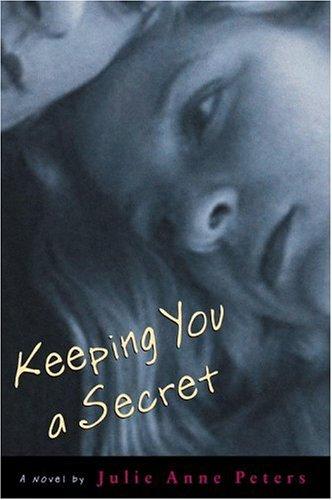







.jpg/225px-JudyBlume2009(cropped).jpg)
